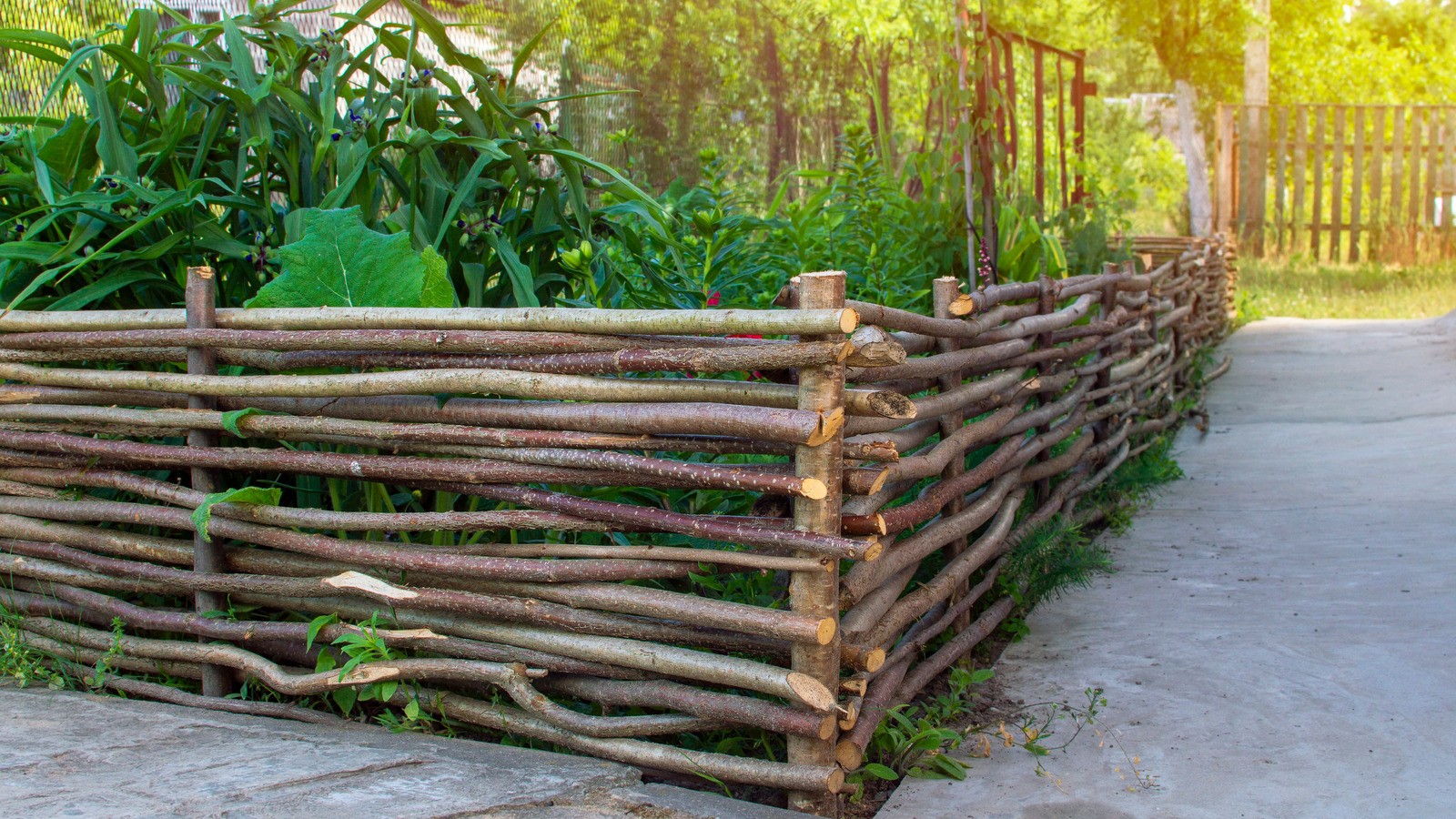Do you crave the rustic, cottagecore look of natural fencing? Try creating a wattle fence of your own! It’s really easy to do; in fact, ZenFusionHome’s latest guide on wattling can teach you all about it!

If you’ve been searching for natural, sustainable fencing, you might not have to look further than your own backyard, depending on where you live. It’s actually much easier to build a wattle fence than you think! All you need are tree branches, a deft hand, and a bit of love. If that doesn’t answer any questions, ZenFusionHome will describe the process in a lot more detail.
Check out their full guide at https://zenfusionhome.com/wattle-fence-panels-materials-alternative-to-bamboo-garden-screen/ - or continue on to learn about how to bring your eco-friendly fencing dreams into reality!
Wattling is a traditional European craft that has been practiced for centuries, according to the Pennsylvania Horticultural Society. Often used to build walls for houses and sheds, wattling can also be used to create garden structures, such as fencing and trellises. ZenFusionHome adds that wattle fences are a relatively inexpensive alternative to bamboo fences. That’s because you can just find all the materials you need outdoors - no need to import them!
Willow is a popular material for wattle fences, as its flexibility allows for tighter weaving and, consequently, sturdier fences. If you opt to use willow for your project, you should select branches that are green and tender; these will be more pliable, and they have the potential to root and sprout leaves, resulting in a living fence.
Hazel branches are also suitable for wattling due to their flexibility and strength, and hazel wattle fences are capable of withstanding extreme weather conditions without being damaged. Because living trees coppice well, continuous cutting and harvest will stimulate robust growth, making them one of the more sustainable options. They’re like a gift that keeps giving!
Keep in mind, though, that the best time to harvest hazel branches is in winter, when the plants are dormant and sap production is low; the wood is most durable during this period.
A fence made out of willow or hazel will offer you that rustic, natural look, but you’re a little limited when it comes to colors. If you want something that looks warmer, you can use reed, which is prized for its aesthetic value and longevity. Reed fencing can last more than a decade and is particularly suitable for decorative panels. Because it naturally resists termites and other pests, it also doesn’t require treatment, unlike other wood types.
If you’re going to use reed, make sure to pick pieces that are sturdy but not too thick. You still want to be able to bend them into shape.
When it comes to putting it all together, you can employ several weaving techniques to ensure the strength of the structure. Basic over-and-under patterns are the most common type of weave, but double weaves will create a tighter and more private fence.
Not too much of a DIYer? Not to worry. You can also look into local fencing services for planning and advice. Wattling may only require a basic skill set, but it also still takes time and patience to gather the materials and build the fence you want. Not everyone has that luxury! It’s also not a bad idea to have some professional guidance as well, especially if this is your first time taking on such a project.
Speaking of guidance, ZenFusionHome is happy to offer you more tips and tricks for building wattle fences in its full guide. Visit https://zenfusionhome.com/wattle-fence-panels-materials-alternative-to-bamboo-garden-screen/ to learn how you can craft the fence of your dreams today!
